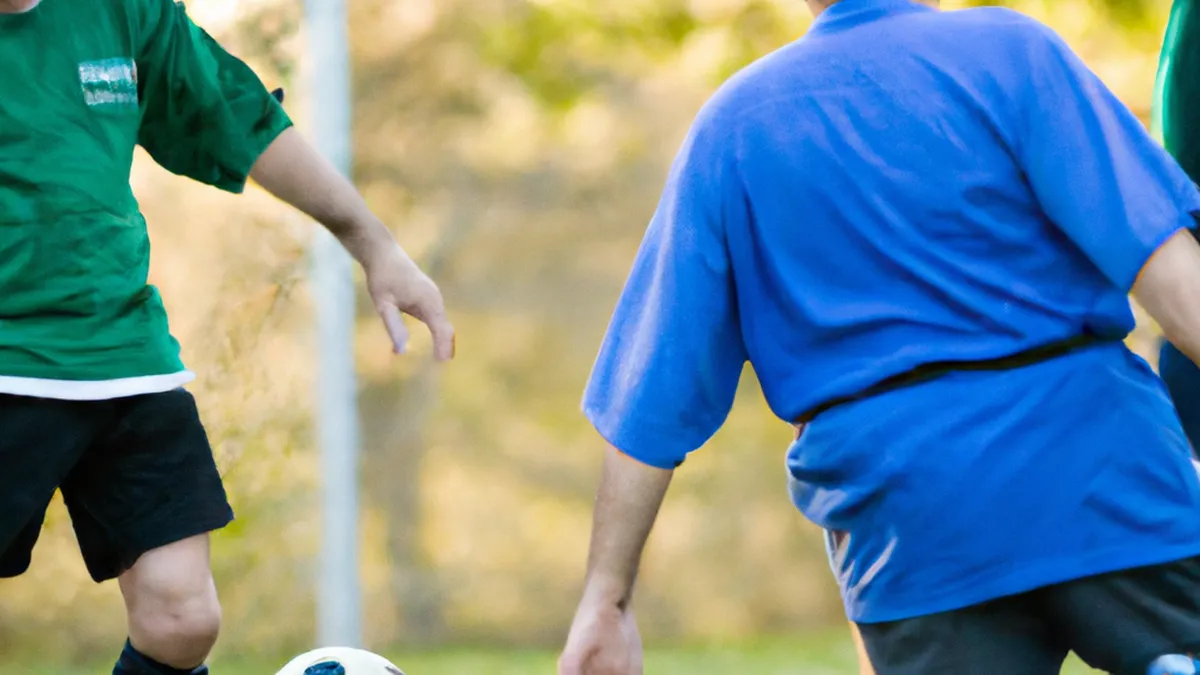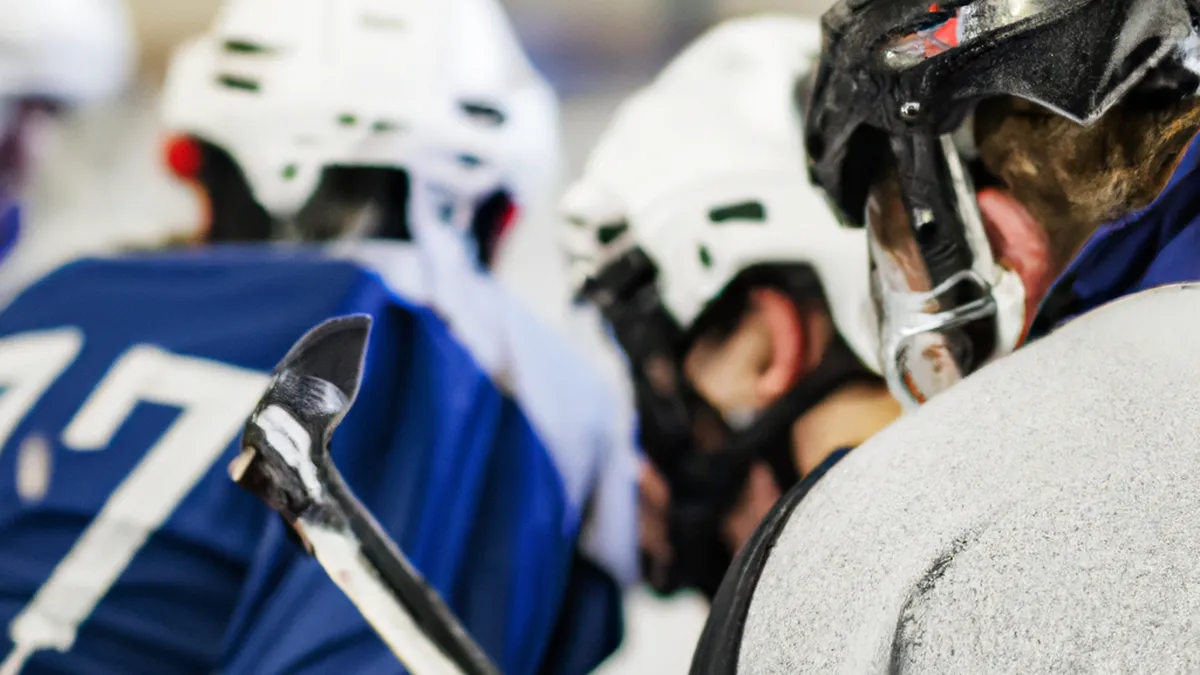Key Steps for Football Ankle Sprains
Rehabilitation Strategies for Ankle Sprains in Football Athletes
As an Amazon Associate I earn from qualifying purchases.
Gear tip: consider agility cones, speed ladder and training hurdles to support this workout.
Football players frequently suffer ankle sprains, impacting their performance at all levels. These injuries can sideline athletes for weeks or months, disrupting training and team dynamics. Effective rehabilitation strategies ensure speedy recoveries, allowing players to return to the field confidently. This blog post outlines essential rehabilitation strategies for football athletes, focusing on immediate care and long-term exercises.
Understanding Ankle Sprains
An ankle sprain occurs when ligaments stretch or tear. Football players often face this injury due to rapid direction changes, jumping, and physical contact. Recognizing the sprain’s severity helps tailor rehabilitation strategies effectively.
There are three grades of ankle sprains:
– **Grade I (Mild)**: Involves slight stretching or microscopic tears. Symptoms include mild swelling and pain, but athletes retain function.
– **Grade II (Moderate)**: Involves partial ligament tears, causing increased pain, swelling, and joint instability. Athletes may find it difficult to bear weight.
– **Grade III (Severe)**: Characterized by complete ligament tears, resulting in severe instability and swelling. Athletes typically cannot bear weight and may need medical intervention.
Identifying the sprain’s severity guides the rehabilitation process and sets realistic recovery expectations.
Immediate Care Strategies
Immediate care significantly impacts recovery. The R.I.C.E. method—Rest, Ice, Compression, and Elevation—can effectively reduce pain and swelling after an ankle sprain.
Rest
Rest the injured ankle immediately. Athletes should avoid putting weight on the affected foot for at least 24 hours. Resting decreases inflammation and starts healing. Crutches can help athletes keep weight off the injured ankle.
Ice
Apply ice to the affected area next. Use a cold pack or ice wrapped in cloth for 15-20 minutes every hour. Ice reduces swelling and numbs pain, providing immediate relief. Avoid direct skin contact to prevent frostbite.
Compression
Compression effectively controls swelling. Use an elastic bandage or compression wrap to support the ankle. This technique manages swelling and provides stability. Do not wrap it too tightly, as this can restrict blood flow.
Elevation
Elevate the ankle above heart level to reduce swelling and improve circulation. Athletes can use pillows or cushions to support the injured leg. This position aids in draining excess fluid from the injury.
Conclusion
Implementing effective rehabilitation strategies ensures football athletes recover quickly from ankle sprains. Immediate care and proper techniques facilitate a successful return to play.
Below are related products based on this post:
FAQ
What is the R.I.C.E. method and how does it help with ankle sprains?
The R.I.C.E. method stands for Rest, Ice, Compression, and Elevation. It helps reduce pain and swelling after an ankle sprain by promoting healing. Resting prevents further injury, ice numbs the area and reduces swelling, compression stabilizes the ankle, and elevation aids in fluid drainage.
How can I determine the severity of an ankle sprain?
Ankle sprains can be classified into three grades: Grade I (mild), Grade II (moderate), and Grade III (severe). Grade I involves slight stretching or minor tears with mild swelling, Grade II includes partial tears with increased pain and difficulty bearing weight, while Grade III features complete ligament tears, severe instability, and inability to bear weight.
What should I do if I suspect a severe ankle sprain?
If you suspect a severe ankle sprain (Grade III), it is crucial to seek medical attention immediately. Severe sprains may require additional intervention, such as imaging studies or even surgical repair, to ensure proper healing and recovery.















Post Comment